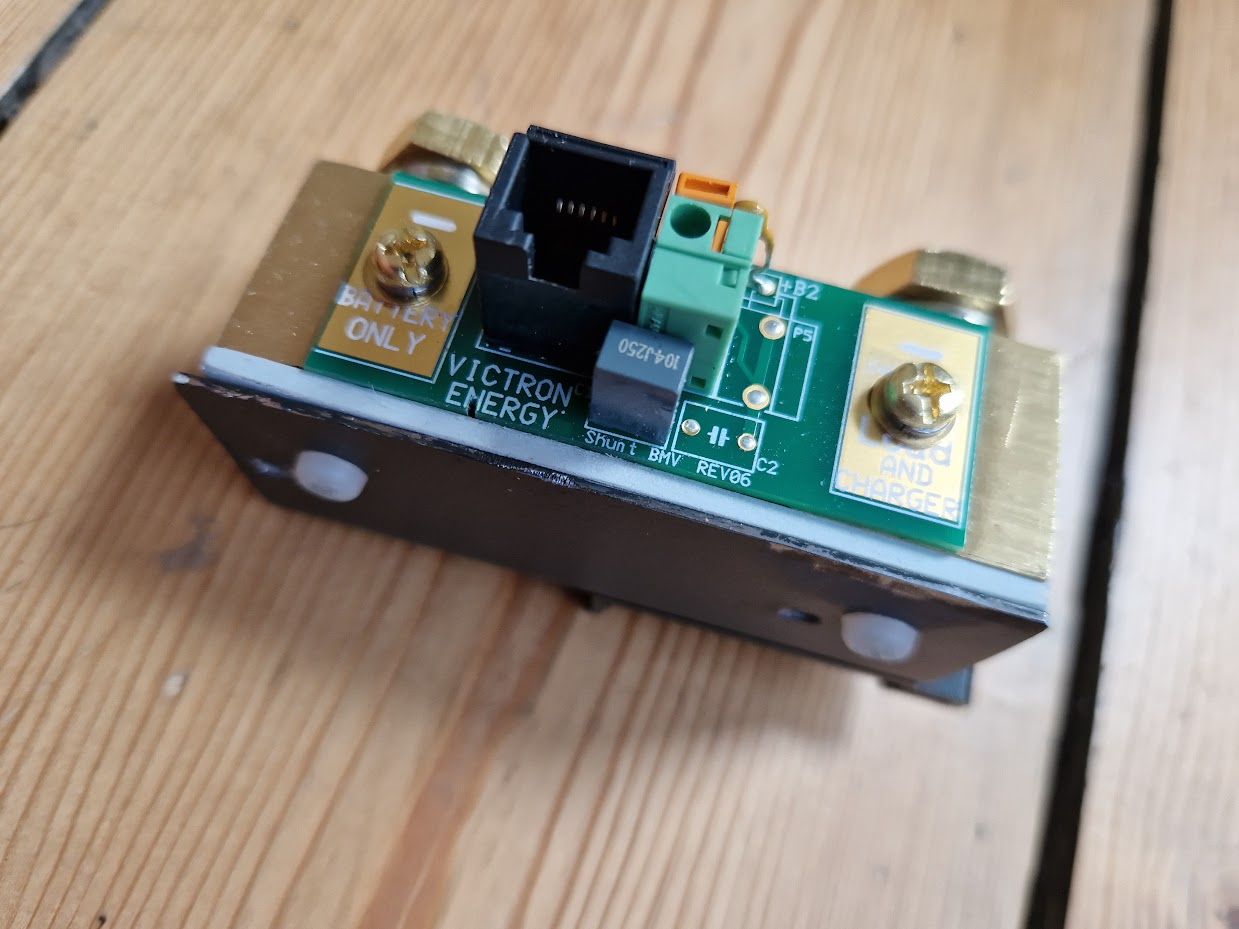I have purchase two Victron Products with the 500A shunt which has a black insulating mount, in both cases I've found that the mounting base is very fragile and brittle. The 500A shunt being a two 25mm brass blocks joined has significant mass, my latest unit had the mount cracked on delivery, while my first unit (BMV712) I managed to crack on installation when mounting.
The construction of the black base moulding has significantly hollowed out sections to reduce the amount of material but due to the brittle nature has no flexibility so cracks under any mechanical stress. As any cables or components which will be connected to the 500A shunt are also likely to be sizeable and heavy and the consequences of mechanical failure may be great, improving the mechanical strength and robustness of the base commiserate with the expected forces is highly desirable.
My repair consisted of filling the voids in the mounting with two-pack epoxy. This seems to add the required durability to the black base.
I'm sure I'm not the only customer which has experienced cracking issues with 500A shunt base. Please Victron could look into changing the design of the base to be substantially more robust than the current design and remove a point of failure would improve on an excellent product.


